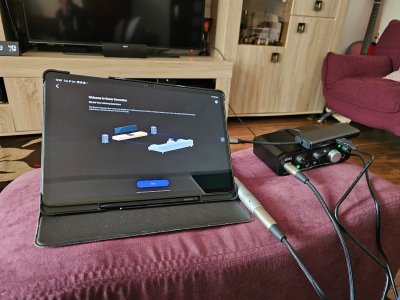As this person points out, there are many questions that Wiim isn't very specific about:
YouTube Link
Should I use the main microphone located at the bottom of my Android phone or the one at the top? Is it "better" to use iOS or Android? Would an iPad (although I'm not sure where the microphone is located on the 9th generation) have better microphones than an iPhone or Android phone? How far should you hold the device from your head?
If I buy an external microphone like the Dayton Audio IMM-6, would that improve things significantly? I'm not very keen on going through the whole calibration process since reading about it gives me a mild migraine.
YouTube Link
Should I use the main microphone located at the bottom of my Android phone or the one at the top? Is it "better" to use iOS or Android? Would an iPad (although I'm not sure where the microphone is located on the 9th generation) have better microphones than an iPhone or Android phone? How far should you hold the device from your head?
If I buy an external microphone like the Dayton Audio IMM-6, would that improve things significantly? I'm not very keen on going through the whole calibration process since reading about it gives me a mild migraine.

